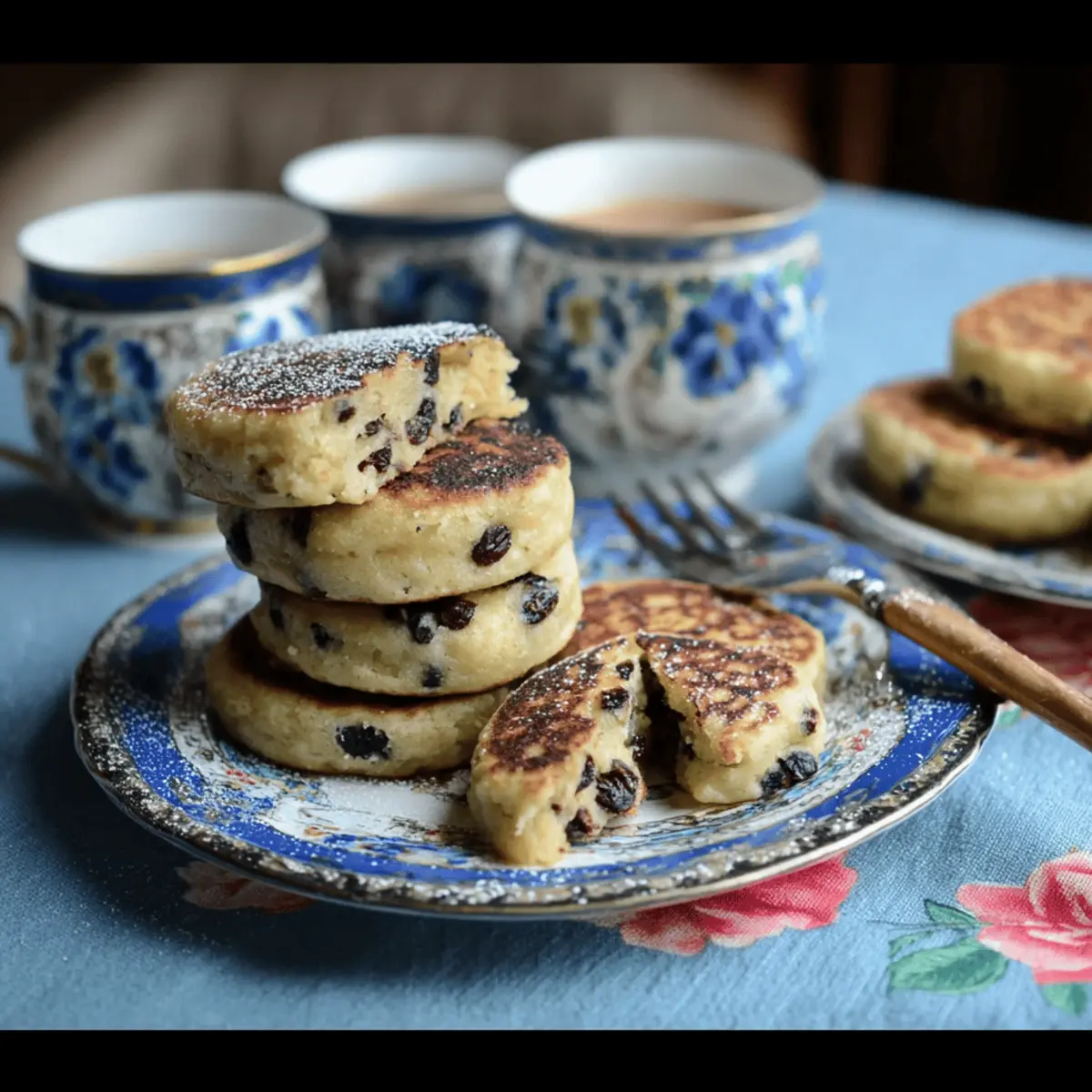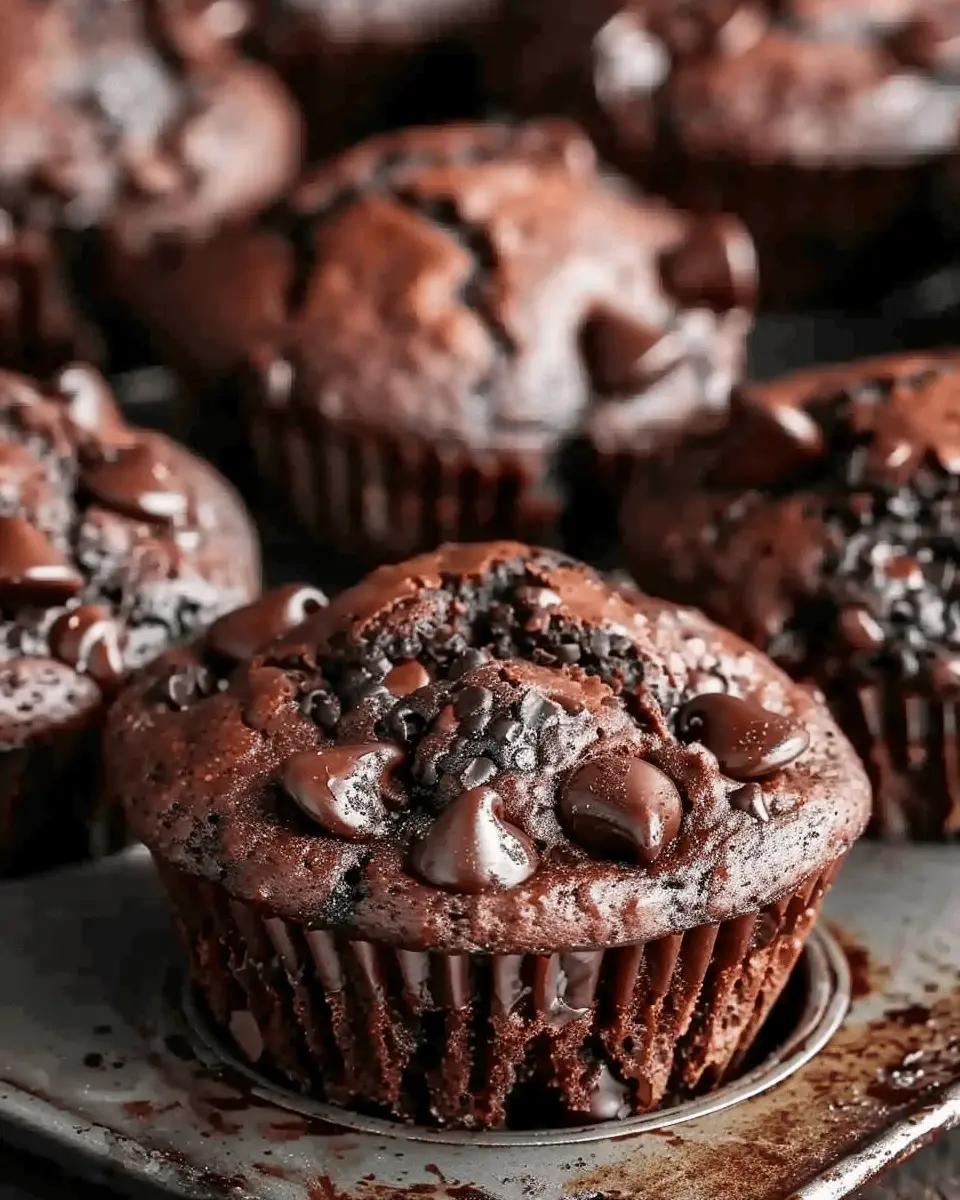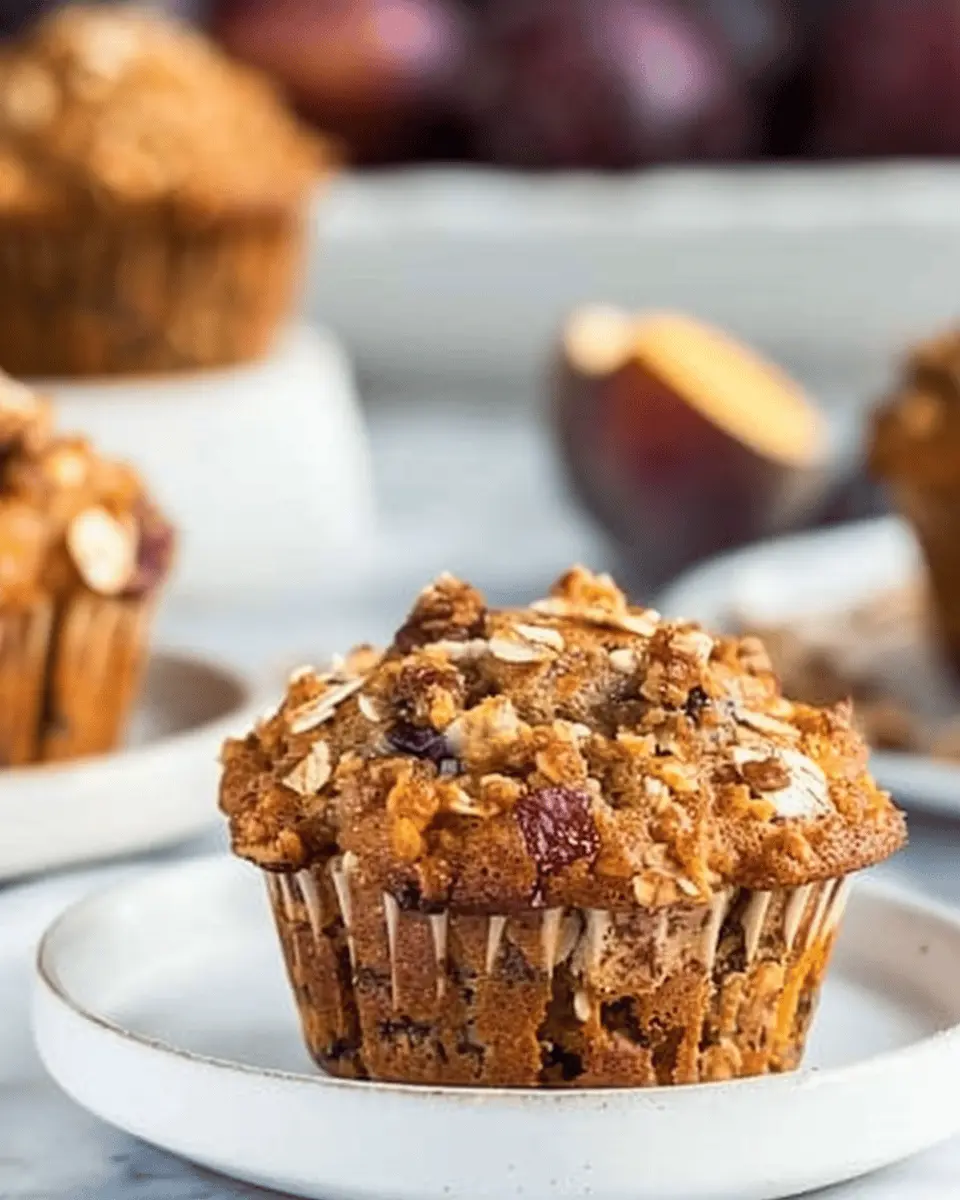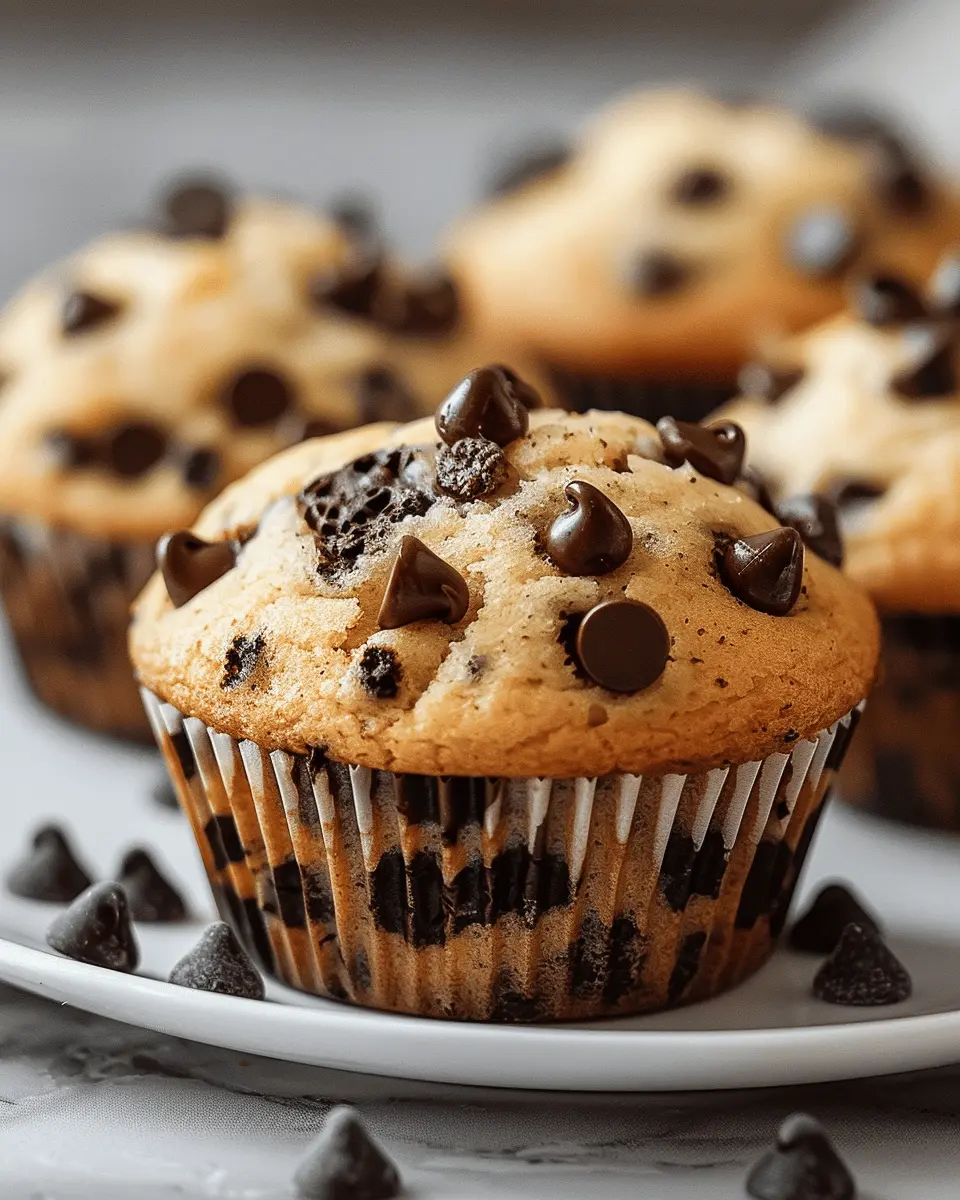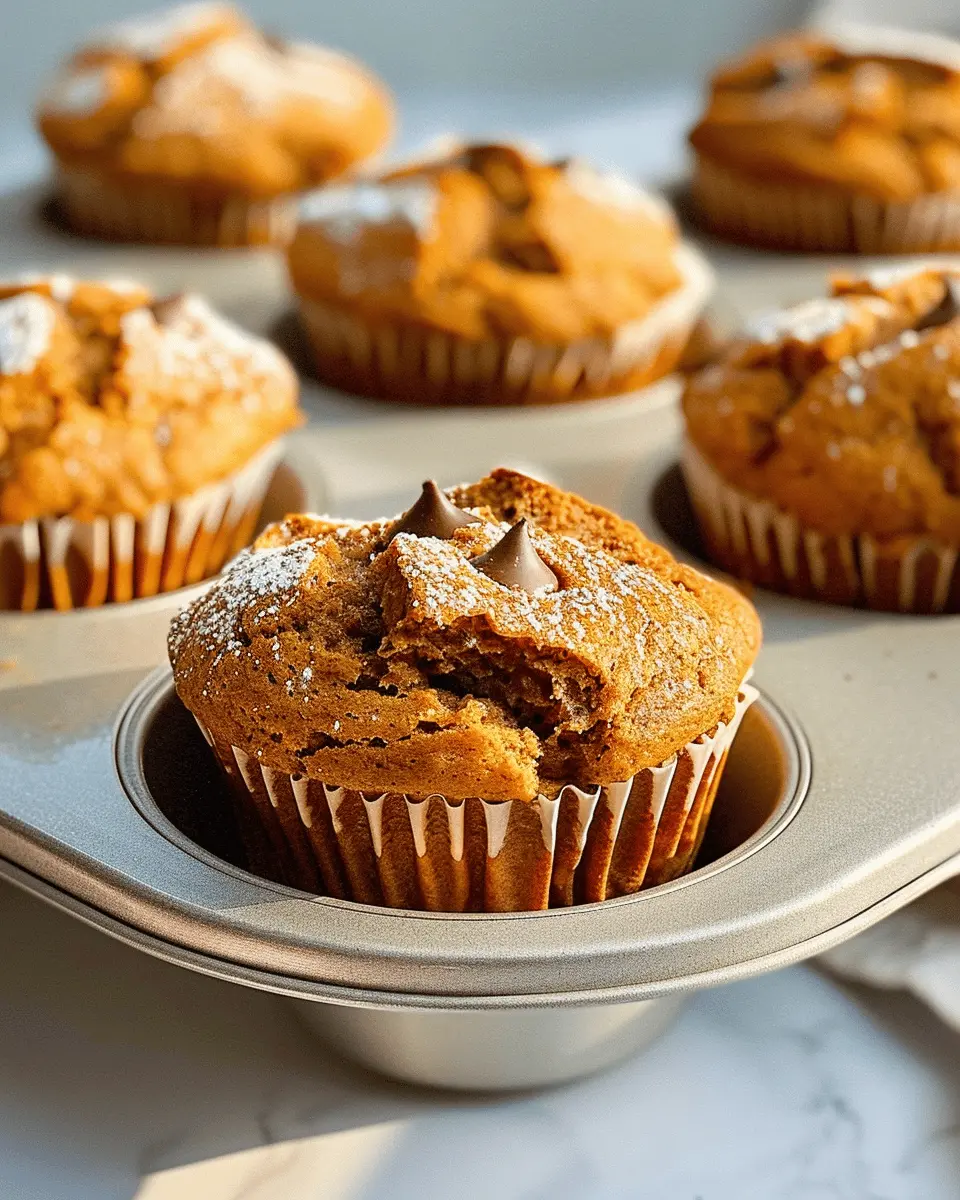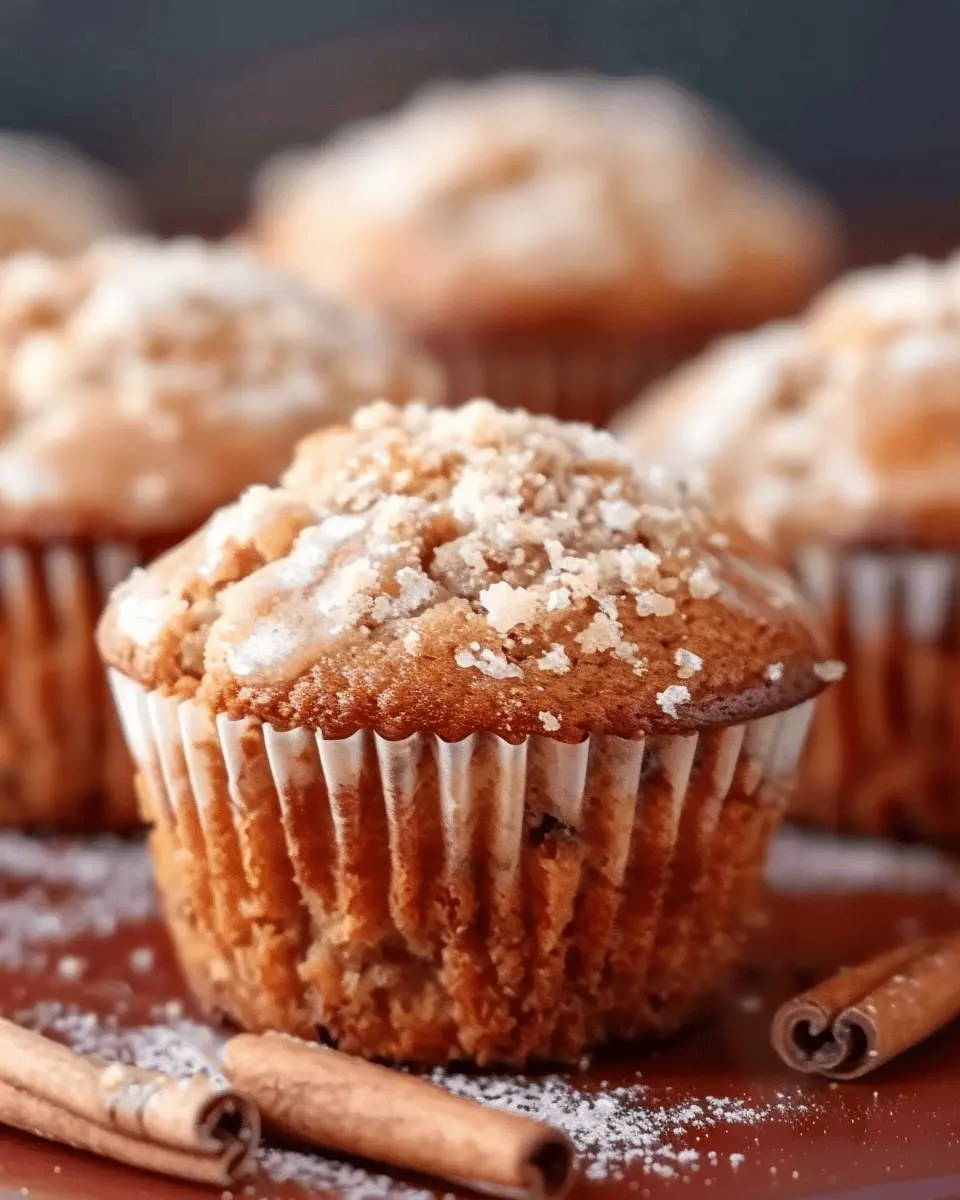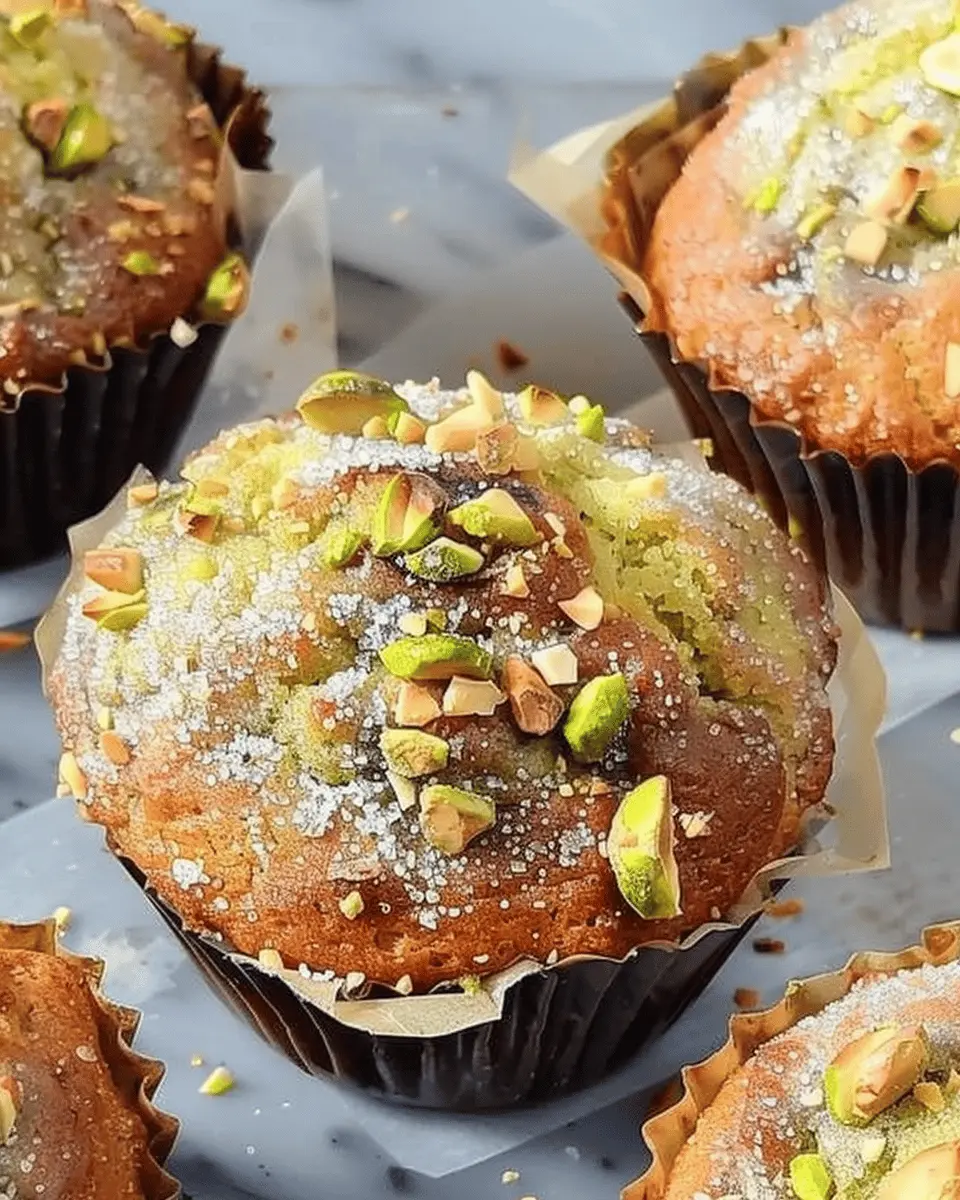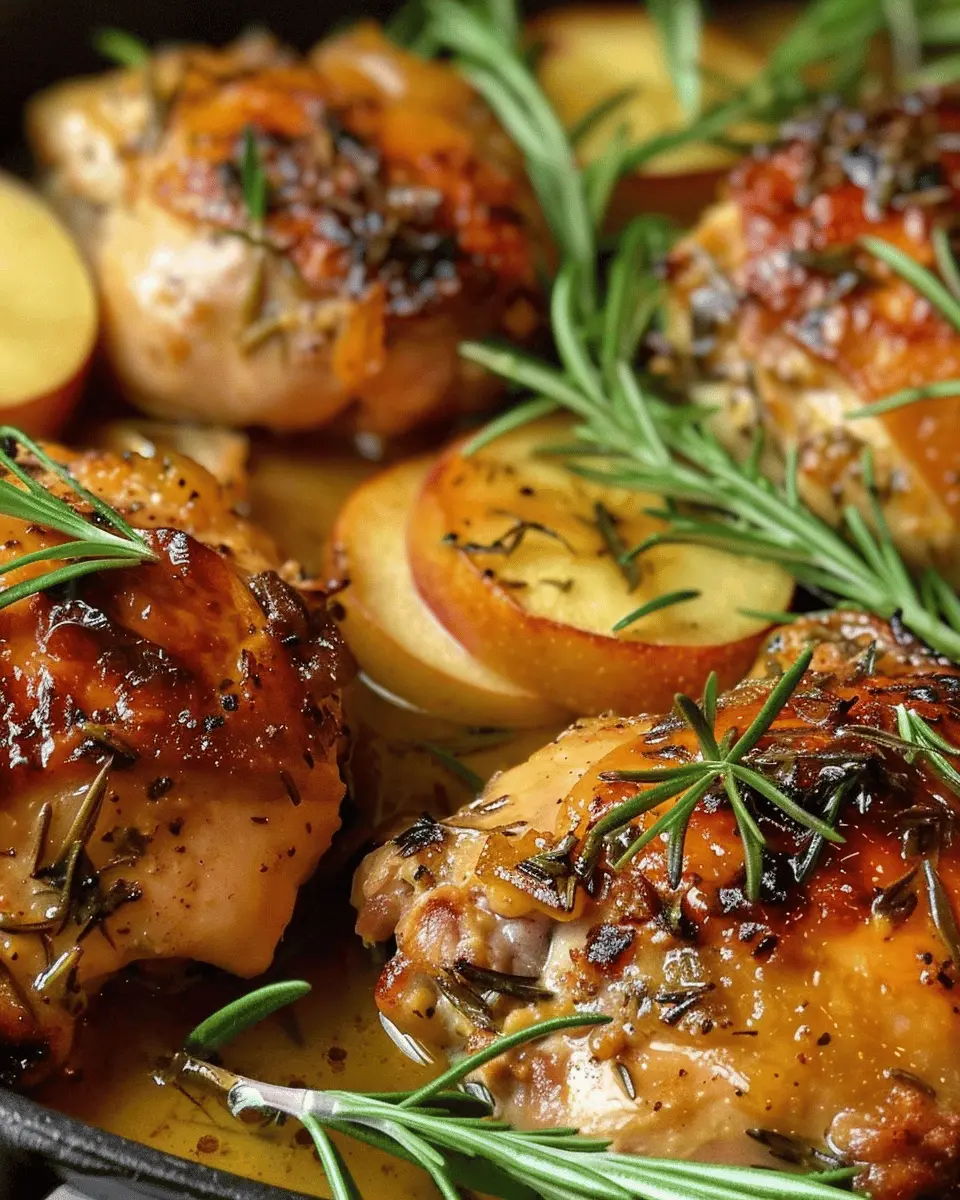Introduction to Welsh Cakes
Welsh cakes are more than just a delightful treat; they’re a bite-sized journey back to childhood for many who grew up in Wales or have Welsh heritage. These charming cakes, traditionally cooked on a griddle, boast a rich history that intertwines with Welsh culture. If you think of comfort food, and how it brings memories rushing back, you can see how Welsh cakes fit right in.
Why Welsh Cakes are a nostalgic treat
Imagine the warmth of a kitchen filled with the comforting aroma of freshly baked goods. For many people, Welsh cakes evoke cherished memories of family gatherings and cozy afternoons. They have a unique ability to transport you to simpler times, where peeling off a warm cake with a sprinkle of sugar was the highlight of the day.
These little cakes are typically made with simple ingredients: flour, sugar, butter, and currants, combined to create a delectable dough that promises both texture and flavor. In fact, the origins of Welsh cakes date back to the 19th century, and they were often prepared for special occasions or simply for a bit of afternoon tea. To learn more about their history, check out The National Museum Wales which delves deeper into the cultural significance of these sweets.
What’s fascinating is how they’ve transformed over time; from rustic farmhouses to modern cafes, welsh cakes continue to play a significant role in Welsh society. You may have noticed how they’re sometimes referred to as “pizza” cakes due to their shape, showcasing just how innovatively they can be adapted.
So, why not join in on this delicious tradition? Whether you’re steeping your tea or taking a road trip in Wales, having a Welsh cake in tow could be the perfect companion. They’re easy to make and even easier to enjoy, fitting neatly into lunchboxes and picnic baskets alike. As you explore this recipe, remember: you’re not just baking; you’re creating a thread that connects you to a rich cultural tapestry, one delectable bite at a time.
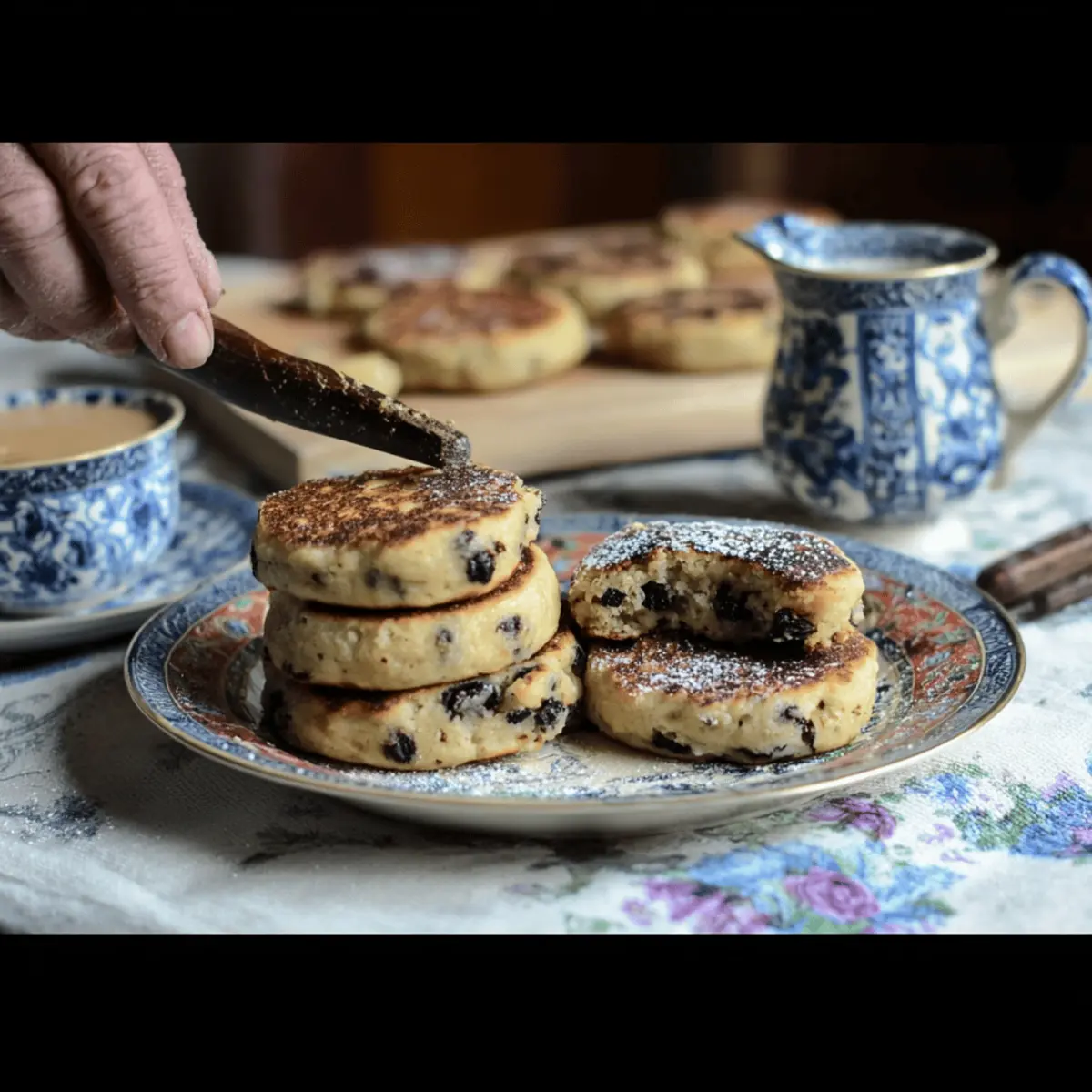
Ingredients for Welsh Cakes
Essential ingredients for traditional Welsh Cakes
Creating authentic Welsh cakes requires a handful of simple, yet essential ingredients. These humble delights come together quickly, making them perfect for both novice and seasoned bakers alike. Here’s what you’ll need:
- Flour: All-purpose flour serves as the base, giving the cakes their structure.
- Butter: Use unsalted butter for that rich, creamy flavor.
- Sugar: Granulated sugar is commonly used to add sweetness; you can adjust to taste.
- Baking powder: This leavening agent helps your cakes rise perfectly.
- Egg: Just one egg binds everything together and adds some moisture.
- Mixed dried fruit: Currants or raisins are traditional, contributing to that delightful chewy texture.
You can find more about the history and regional variations of Welsh cakes at Taste Atlas.
Optional ingredients for customization
While the essential ingredients are key, feel free to get creative! Here are some optional additions that can elevate your Welsh cakes:
- Spices: A dash of cinnamon or nutmeg can enhance the flavor beautifully.
- Zest: Lemon or orange zest gives a refreshing twist.
- Chocolate chips: For a decadent touch, add some chocolate chips—because why not?
- Nuts: Chopped walnuts or almonds can add crunch and depth.
With these ingredients at your disposal, you’re all set to whip up a batch of scrumptious Welsh cakes that everyone will enjoy. Happy baking!
Preparing Welsh Cakes
Making Welsh cakes is not only a delightful culinary adventure but also a charming way to connect with Welsh heritage. These sweet, biscuit-like treats are perfect for afternoon tea, breakfast, or a quick snack. Let’s roll up our sleeves and dive into the process of preparing these scrumptious delights.
Gather Your Ingredients
Before you begin, it’s essential to have all your ingredients ready. Here’s what you’ll need:
- 225g (8oz) self-raising flour
- 110g (4oz) butter, chilled and diced
- 110g (4oz) caster sugar
- 1 tsp mixed spice (or cinnamon)
- 1 large egg
- 50ml milk
- A handful of currants or raisins
- A little extra flour for dusting
Having everything measured and ready not only speeds up the process but also makes it a lot more enjoyable. Plus, you won’t find yourself scrambling for an ingredient halfway through mixing!
Mix Dry Ingredients
In a large bowl, sift together the self-raising flour, caster sugar, and mixed spice. This step is crucial as it aerates the flour and combines the flavors evenly. While you’re at it, consider reading a bit more about the importance of ingredient measurement in baking at resources like BBC Good Food.
Mixing dry ingredients properly sets a solid foundation for your Welsh cakes. The aroma of the spices will transport you straight to the valleys of Wales, igniting your senses in preparation for the delightful treat ahead.
Rub in the Butter
Now comes the fun part—rubbing in the butter. You want to break the cold butter into the flour mixture using your fingertips until it resembles breadcrumbs. This step is crucial as it gives your Welsh cakes their characteristic texture. Remember, the goal is a mixture that’s crumbly, not greasy.
As you rub, take a moment to appreciate the soothing rhythm of baking. Are you a fan of cooking? It can be incredibly therapeutic!
Add Wet Ingredients
Next, it’s time to incorporate the wet ingredients. Beat the egg, and mix it with the milk before gradually adding it to your dry mixture. Stir in your currants or raisins at this stage. The wet ingredients help bring everything together, transforming that dry crumbly goodness into a cohesive dough.
If you find your mixture a bit too sticky, don’t hesitate to dust a little flour on it. Just like any other recipe, feel free to make it your own. If you fancy trying different types of dried fruit, go for it!
Roll Out the Dough
Once your dough is well combined, lightly flour a clean surface and roll it out to about 1cm thick. The thickness is key here—too thin, and you’ll end up with crispy disks instead of soft, fluffy Welsh cakes. As you roll, you might want to hum your favorite tune; after all, a bit of good music can make any task more enjoyable!
Cut and Cook the Cakes
Using a cookie cutter, cut out rounds from the rolled dough. Heat a non-stick frying pan or griddle over a medium heat and lightly grease it. Cook each Welsh cake for about 3-4 minutes on each side, or until they turn a lovely golden brown.
You’ll know they’re ready when your kitchen is filled with a sweet, comforting aroma. Once cooked, place them on a cooling rack. But wait—don’t resist! Enjoy them warm with a sprinkle of sugar or a pat of butter.
Remember, experimenting in the kitchen is half the fun! If you’re feeling ambitious, pair your Welsh cakes with a refreshing cup of tea or explore different toppings and spreads.
Enjoy your culinary creations and happy baking!

Variations of Welsh Cakes
Welsh cakes are incredibly versatile, making them perfect for experimentation as you savor their delightful texture and flavor. Here are a few creative variations to try that cater to different tastes and dietary preferences.
Chocolate Chip Welsh Cakes
For a sweet twist on traditional Welsh cakes, consider adding chocolate chips. Just fold in about a cup of semi-sweet chocolate chips into your dough before cooking. The gooey morsels melt slightly while baking, creating a deliciously indulgent treat. This variation is perfect for late-night snacking or impressing friends at a brunch. Who wouldn’t want the joy of chocolate in every bite?
Spiced Apple Welsh Cakes
Another fan-favorite variation is spiced apple Welsh cakes. Incorporate finely chopped apples and a sprinkle of cinnamon for a warm, comforting flavor reminiscent of autumn. You can even add a touch of nutmeg to enhance the spices. This variation not only adds moisture but also a delightful crunch. Serve them warm with a drizzle of honey or thick cream for an elevated experience—this combination is sure to impress.
Gluten-free Welsh Cakes
For those with gluten sensitivities, fear not! You can easily make gluten-free Welsh cakes without sacrificing flavor or texture. Substitute regular flour with a gluten-free blend, like almond flour or a store-bought gluten-free mix (learn more about gluten-free flours here). The end result is just as delightful, ensuring everyone can enjoy the rich heritage of Welsh cakes.
These creative twists on the classic recipe are sure to bring joy to your kitchen and delightful surprises to your taste buds. Which variation will you try first?
Cooking tips and notes for Welsh Cakes
Tips for perfect texture
Achieving the ideal texture in Welsh cakes is all about balance. Here are some key tips to keep in mind:
- Use cold butter: Ensure your butter is chilled before mixing. This helps create a light, flaky texture.
- Don’t overmix: Combine the ingredients until just incorporated. Overmixing can lead to tough cakes.
- Thickness matters: Roll the dough to about ½ inch thick. This allows for a delightful crunch on the outside while keeping the inside soft and tender.
Common mistakes to avoid
When making Welsh cakes, it’s easy to run into a few common pitfalls. Here’s what to watch out for:
- Ignoring the sifting step: Always sift the flour and raising agents together. This ensures a good rise and an even texture throughout your cakes.
- Not preheating the griddle: If your cooking surface isn’t hot enough, the cakes will cook unevenly. A medium heat is ideal for slow, even cooking.
- Over or undercooking: Keep a close watch. Welsh cakes should be golden brown on both sides—use 2 to 3 minutes per side as a guide.
For further reading on cake texture and baking techniques, check out this resource on baking basics.

Serving suggestions for Welsh Cakes
Welsh cakes are delightful treats that can be enjoyed in numerous ways. Whether you’re savoring them for breakfast, at tea time, or as a snack, here are some suggestions to elevate your Welsh cake experience.
Traditional serving ideas
Start with the classic approach: typically, Welsh cakes are best enjoyed warm and dusted with a light coating of icing sugar. They shine alongside a comforting cup of tea or coffee, making them perfect for a cozy afternoon. You might also consider serving them with butter or a drizzle of honey for added richness. For a truly Welsh twist, pair them with clotted cream or even a dollop of jam.
Creative pairings
Feeling adventurous? Explore some fun alternatives:
- Fruit accompaniments: Top your Welsh cakes with fresh berries—strawberries or raspberries work beautifully.
- Nutty spreads: Almond or hazelnut butter can provide a unique flavor profile.
- Dessert-style topping: Try them with a scoop of vanilla ice cream for an indulgent dessert.
Experimenting with different flavors can lead to delightful discoveries that keep your Welsh cakes exciting! For more innovative serving ideas, check out this article from the BBC Good Food. Let your creativity run wild and enjoy this traditional treat—your taste buds will thank you!
Time breakdown for Welsh Cakes
Preparation time
Making Welsh cakes is a delightful experience that starts with preparation. You’ll need about 15 minutes to gather your ingredients and mix them together. Have your butter, flour, and sugar ready to go, as well as your favorite spices and dried fruits.
Cooking time
The cooking process for Welsh cakes is just as satisfying. It will take around 10-15 minutes to cook them on a hot griddle or skillet. You want that perfect bake—golden brown on the outside while remaining soft and fluffy on the inside.
Total time
In total, you’re looking at about 30 minutes from start to finish. This makes Welsh cakes a perfectly quick treat for a cozy afternoon or an impressive snack for your next gathering. Want to dive deeper into Welsh culinary traditions? Check out resources like the Welsh Government for more background on these delicious treats!
Nutritional Facts for Welsh Cakes
Calories
A typical serving of Welsh cakes contains approximately 150-200 calories. These delightful treats can easily fit into your daily caloric intake when enjoyed in moderation. Their comforting combination of butter, sugar, and flour often makes them a quick indulgence, but remember, balance is key!
Carbohydrates
In every serving, Welsh cakes deliver around 25-30 grams of carbohydrates, primarily stemming from the flour and sugar. Carbs are essential for energy, especially when you’re juggling a busy workday or hitting the gym. Just be mindful of portion sizes to maintain your energy levels without overdoing it.
Sugar Content
You can expect about 8-10 grams of sugar per serving of Welsh cakes. While this satisfies your sweet tooth, it’s wise to be aware of your overall sugar intake throughout the day. For healthier alternatives, consider reducing the sugar in your recipe or pairing Welsh cakes with fresh fruits for added fiber and nutrients.
For more information on managing sugar intake, visit the American Heart Association.
Balancing indulgence with nutrition isn’t always easy, but with these numbers in mind, you’re well on your way to enjoying your Welsh cakes thoughtfully!
FAQ about Welsh Cakes
Can Welsh Cakes be made ahead of time?
Absolutely! Welsh cakes are perfect for meal prep. You can make the dough a day in advance and store it in the refrigerator. This means you can have freshly cooked cakes ready to enjoy whenever you like! Just remember to bring the dough back to room temperature before rolling it out for cooking.
How do I store leftover Welsh Cakes?
Storing your leftover Welsh cakes is simple. Place them in an airtight container at room temperature, and they’ll stay fresh for up to three days. If you’re in a cooler climate or find that they tend to dry out quickly, you might consider wrapping them in plastic wrap before putting them in the container. For more tips on storing baked goods, check out BBC Good Food’s guide.
Can I freeze Welsh Cakes?
Yes, you can definitely freeze Welsh cakes! Once they’ve cooled completely, arrange them in a single layer on a baking sheet and freeze for about an hour. After that, store them in a freezer-safe bag or container for up to three months. When you’re ready to enjoy them, simply let them thaw at room temperature or pop them in the toaster for a little warm-up. Who can resist the delightful aroma of freshly cooked Welsh cakes wafting through the kitchen?
Feel free to explore the different ways to elevate your Welsh cake experience by checking out different toppings or flavor variations. Happy baking!
Conclusion on Welsh Cakes
Celebrating the joy of homemade Welsh Cakes
Homemade Welsh cakes offer more than just delightful flavors; they’re a comforting reminder of tradition and connection. By baking these treats yourself, you’re not only indulging your taste buds but also embracing a piece of Welsh culture. Remember, the rhythmic sound of the rolling pin and the sweet aroma wafting from the kitchen will create memories that last a lifetime.
Did you know that making Welsh cakes can be a social event too? Gather friends or family to share in the deliciousness! For tips on perfecting your Welsh cakes, visit resources like the BBC Food website or the Welsh Government’s food culture section. So dive in, have fun, and enjoy every bite of this beloved treat!
PrintWelsh Cakes: Irresistibly Soft Treats You Can’t Resist
Welsh cakes are a delightful treat that combines the charm of scones with the sweetness of pancakes. These soft delicacies are perfect for any occasion.
- Prep Time: 20 minutes
- Cook Time: 15 minutes
- Total Time: 35 minutes
- Yield: 12 cakes 1x
- Category: Dessert
- Method: Baking
- Cuisine: Welsh
- Diet: Vegetarian
Ingredients
- 2 cups all-purpose flour
- ½ cup sugar
- 1 teaspoon baking powder
- ½ teaspoon salt
- ½ cup butter, chilled and cubed
- 1 cup currants
- 1 egg
- ½ cup milk
Instructions
- In a large bowl, whisk together the flour, sugar, baking powder, and salt.
- Cut in the butter until the mixture resembles coarse crumbs.
- Stir in the currants.
- In a separate bowl, beat the egg and milk together.
- Add the wet ingredients to the dry ingredients and mix until a soft dough forms.
- Roll out the dough on a floured surface to about ½ inch thick.
- Cut into rounds using a cookie cutter.
- Heat a griddle over medium heat and cook the rounds for 3-4 minutes on each side or until golden brown.
- Serve warm with butter or jam.
Notes
- You can substitute currants with raisins or chocolate chips for a different flavor.
- Let the cakes cool slightly before serving.
Nutrition
- Serving Size: 1 cake
- Calories: 200
- Sugar: 10g
- Sodium: 150mg
- Fat: 10g
- Saturated Fat: 6g
- Unsaturated Fat: 4g
- Trans Fat: 0g
- Carbohydrates: 25g
- Fiber: 1g
- Protein: 3g
- Cholesterol: 30mg
Keywords: Welsh cakes, dessert, treats, baking

